- Home
- Transportation
- The roads and bridges that connect American suburbs to cities are falling apart
The roads and bridges that connect American suburbs to cities are falling apart
Since 2007, the US has been consistently lagging behind other nations when it comes to infrastructure development.

Roads in the US are particular bad. About one-third of US roads are in poor condition.
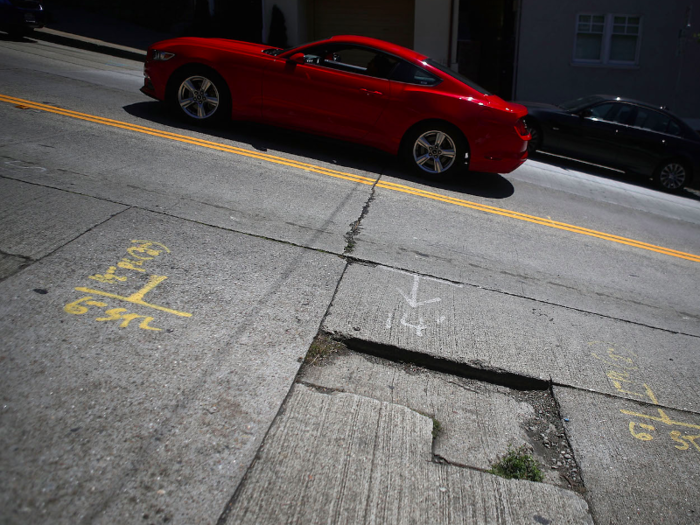
There are about 4.2 million miles of public roadway in the US, according to the Federal Highway Administration. And in 2016 alone, there were 3.2 trillion miles driven on these roadways. All of this traffic is wearing on our roads.
In fact, 32% or one-third of major urban roads in the US are in poor condition and in need of improvement, according to a November report by Trip, a national transportation research group.
And of the more than 612,000 bridges in the US, more than 56,000 of them are structurally deficient.
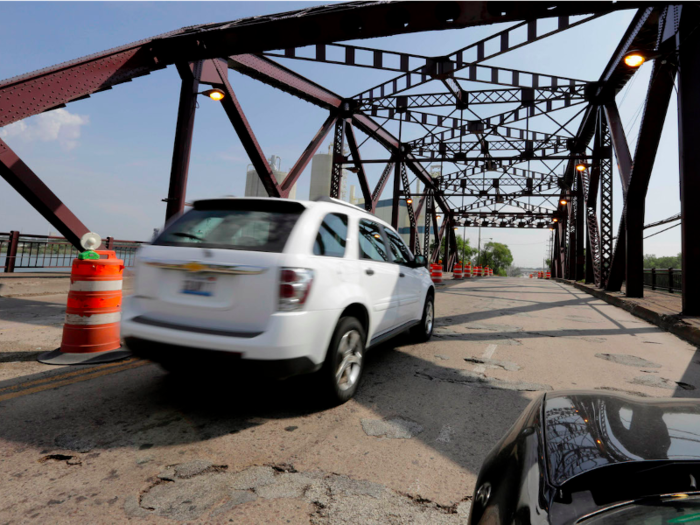
A structurally deficient bridge means that the bridge has at least one structural issue that needs to be addressed. According to the latest data from the Federal Highway Administration, about 1,900 of those 56,000 deficient bridges are on the Interstate Highway system.
Part of the problem stems simply from the fact that these structures are just old.
In fact, about 41% os US bridges are more than 40 years old and have not had significant construction work for improvement, according to a February report by The American Road & Transportation Builders Association (ARTBA).
States with the highest percentage of deficient bridges include Rhode Island, Iowa, Pennsylvania, South Dakota, and West Virginia, according to the ARTBA report.

About 25% of the bridges in Rhode Island are deficient. Nevada is the state with the lowest percentage of deficient bridges.
Crumbling roads and bridges are not only dangerous, they are costly to the drivers.
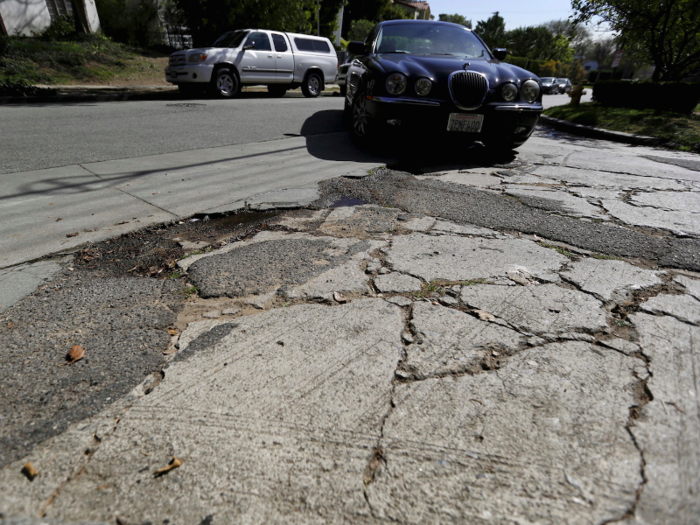
Driving on damaged roads can wear on cars, causing consumers to have to spend more on repairs and speed up the rate at which their car depreciates.
In fact, on average, motorists lose $523 annually because of the costs associated with driving on roads that need repairs, according to the Trip report.
As vehicles travel more on these roads and highways, congestion is also becoming a major problem that's hurting the US economy.
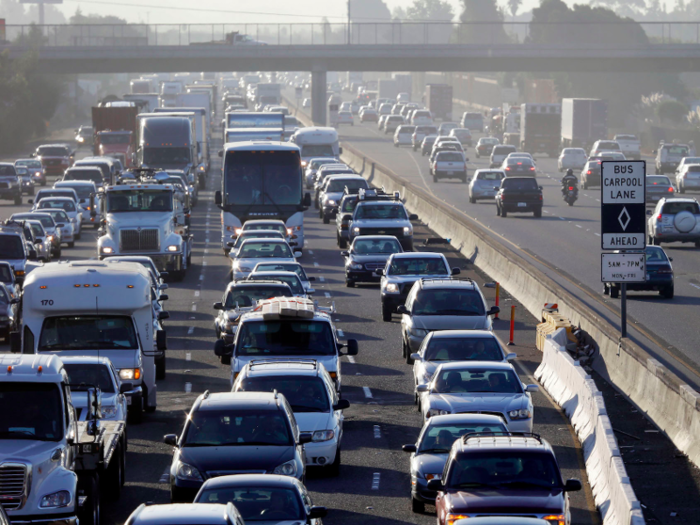
The volume and cost associated with road congestion has steadily been rising since 2000, according to the DOT's 2016 Transportation Statistics Annual Report.
More time in traffic means commuters are losing not only time, but money.
In 2014, Americans spent a total of 6.9 billion hours stuck in traffic and an extra $3.1 billion on gas. In total, urban highway congestion cost the US economy $160 billion, according to the Texas A&M Transportation Institute's 2015 Urban Mobility Scorecard.
But bringing our infrastructure up to date won’t come cheap. The US Department of Transportation estimates there’s a backlog of $836 billion worth of investments needed just to improve our highways, Interstate system, and bridges across the US.
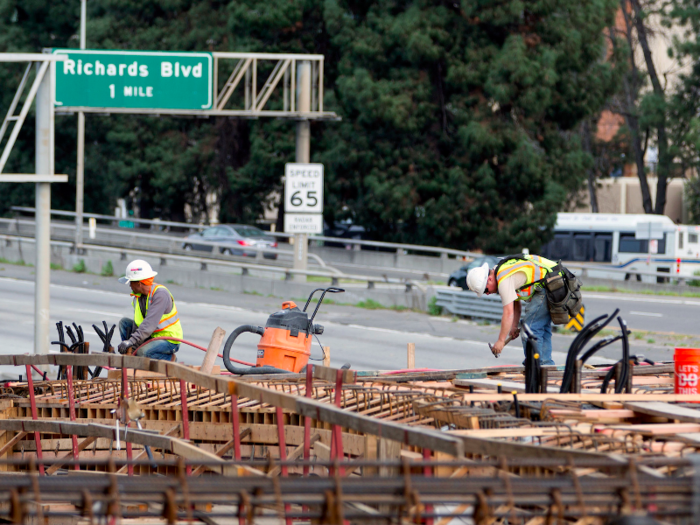
About $542.6 billion of the total backlog is needed to make repairs and about $167 billion is needed for expansion.
Enhancement costs account for 15.1 percent of the total, or $126.4 billion, according to the 2015 Status of the Nation's Highways, Bridges, and Transit: Conditions & Performance report, which was published in January.
Public transportation is also suffering in a big way. The DOT estimates $26.4 billion is needed per year to improve the condition of transit rail and bus systems.
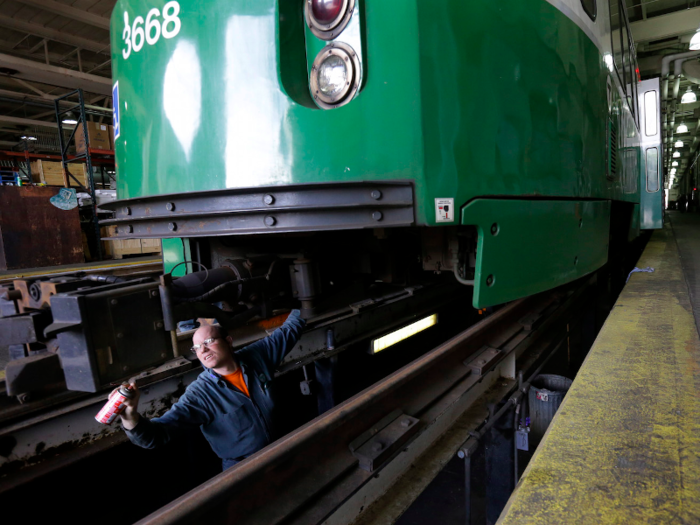
It’s not just our roads and bridges that need repair, though. Our aging dams are also in need of attention.
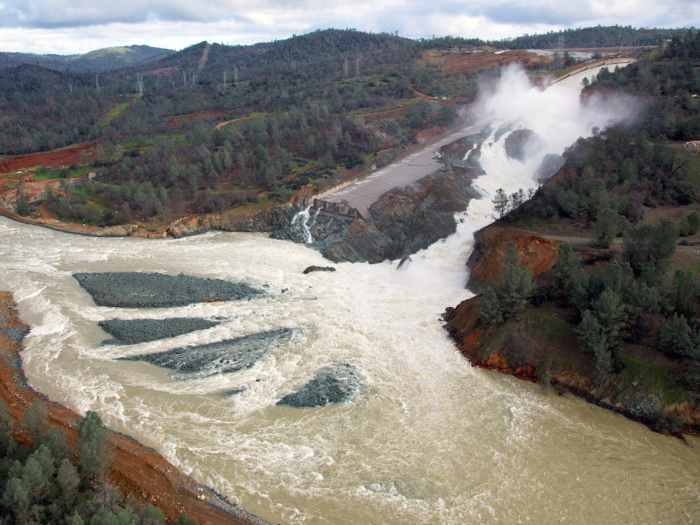
By 2020, 70% of the US’ 87,000 dams will be over 50 years old, according to The American Society of Civil Engineers (ASCE). The organization has given our dams a D grade and estimated about 14,000 are high-hazard dams.
It would cost a whopping $24 billion to fix all the dams in need of repair, according to a Government Accountability Office report published in Dec. 2015.
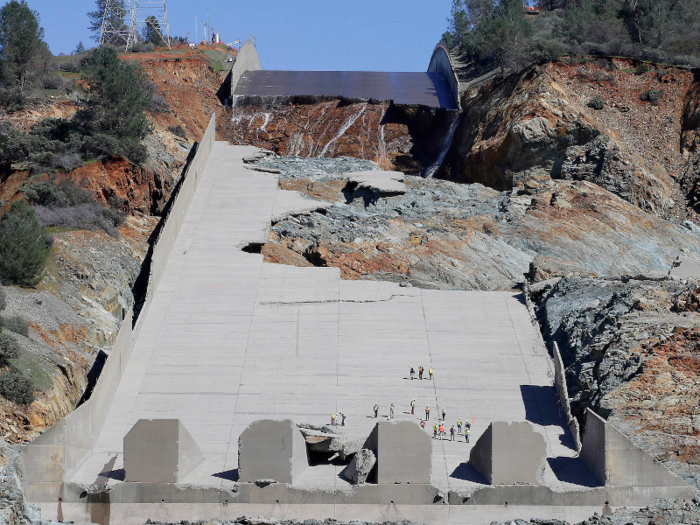
Federal agencies don’t control most of the country’s dams.
In fact, only 14% of dams in the USA are owned or regulated by government agencies, according to the Association of State Dam Safety Officials. So they can’t force dam owners to update the structures.
Another infrastructure structure that has gone widely ignored are America’s levees.
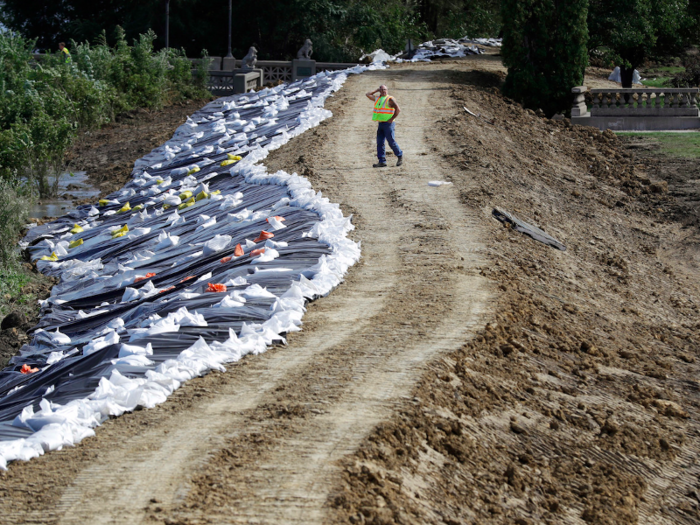
According to the ASCE, there are some 100,000 miles of levees in all 50 states and the District of Columbia. These structures help protect communities from flooding, but many are in desperate need of repair.
In fact, levees are in need of about $100 billion in repairs, according to the ASCE.
And the cost of repairing our infrastructure is only going up. By 2020, the US will need major infrastructure improvements that will require an estimated investment of $3.6 trillion, according to the ASCE.
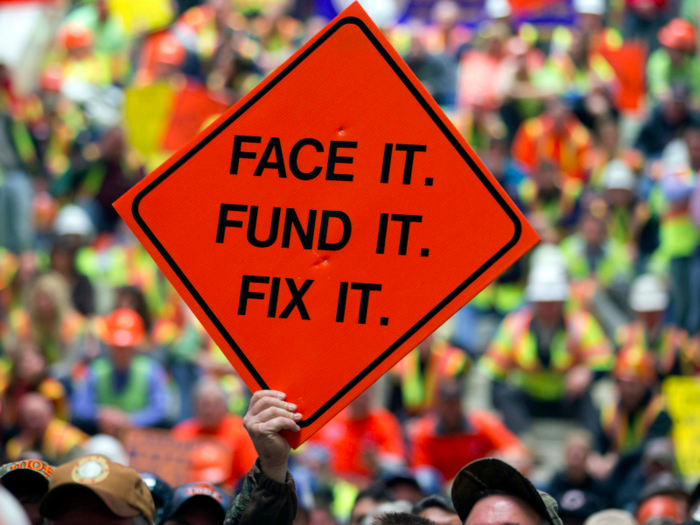
President Donald Trump has said he wants to spend $1 trillion to repair America's infrastructure. However, details about his plan remain murky at best and according to the ASCE about three times that amount is needed.
Popular Right Now
Popular Keywords
Advertisement